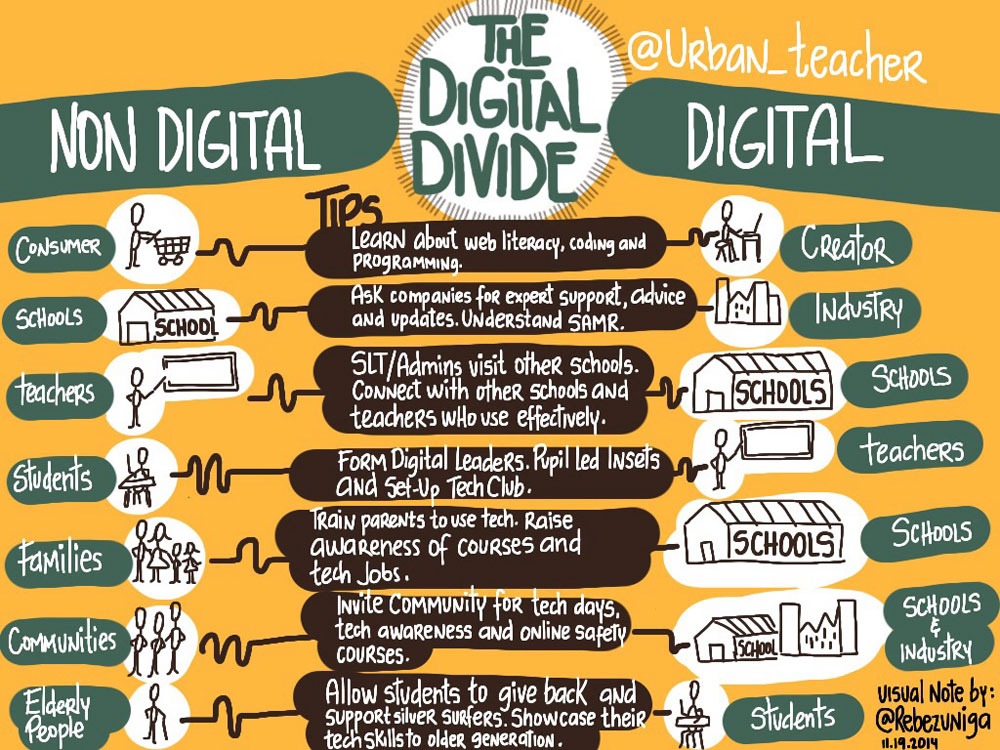
August 16, 2020; Washington Post and Wired
No matter which way we turn, we face a crisis with new, overwhelming, life-shattering decisions to make and limited information with which to make those decisions. Nowhere is this more evident than in the choices parents have to make about schooling. Some elements in the mix of the no-win decisions they face become especially acute for low-income or rural families, and one of these is access to online services.
NPQ addressed this issue in April 2020, pointing out areas that made home schooling and online learning difficult for the students suddenly thrust into a world that requires it even more urgently. Those were a lack of access to internet, either at home or public places like libraries or coffee shops; lack of devices capable of using the appropriate software with reasonable speed and utility; and environmental factors like a household that lacks supervision—or perhaps the absence of any house at all.
Things have not improved for these students as the economy has fluctuated with the pandemic, which is also acting in unpredictable ways. But the issue of digital access itself is far from new. According to a 2020 report by civil rights and education groups, in 2018 nearly 17 million children lived in homes without high-speed internet and more than 7 million did not have a computer at home.
This was made clear by the disastrous attempts at distance learning that took place across the country as schools shut down. Few people would call what resulted in that transition to home learning a success and the nation was confronted with how great the digital divide is for its school age population. As reported in Wired:
A Pew Research study found that during the spring lockdown 36 percent of low-income parents reported that their children were unable to complete their schoolwork at home because they did not have access to a computer, compared with just 14 percent of middle-income parents and 4 percent of upper-income parents.
There are answers, but they come at a cost, and they run up against the racial and economic divisions our nation now confronts. Education advocates say that Congress could put funds to fix this into a coronavirus relief package, targeting K–12 public schools. But politics seems to have intervened to keep the digital divide in education intact.
“It’s dire,” said Rep. Abigail Spanberger (D-VA), whose district contains parts of rural Virginia that are not served by Internet service providers. “We are generationally committing to significant divides in our communities over what kind of education our children are getting.”
Sign up for our free newsletters
Subscribe to NPQ's newsletters to have our top stories delivered directly to your inbox.
By signing up, you agree to our privacy policy and terms of use, and to receive messages from NPQ and our partners.
Expect worse for the coming school year, where school districts face the impossible task of weighing safety and learning in an ever-changing environment. Some schools will remain closed for now, relying on online-only learning, and others will attempt hybrid models, but the persistent problem of the digital divide looms. Preparation and budgeting to ensure that all children had the equipment needed for online learning was not factored into this equation. “All indications are that the fall, like the spring, is going to be a disaster,” said Mark Warschauer, a professor of education at the University of California, Irvine and director of UCI’s Digital Learning Lab.
The costs, as noted before, to equip students who do not have access to the internet or equipment for digital learning is estimated at more than $3.8 billion nationwide, according to the American Federation of Teachers. This might come from the federal government, but if partisan politics continue to play a part in this, funds could be linked to combining digital learning with in-school, in-person learning. And as we have watched schools open and close within a few days due to multiple cases of COVID-19, the outlook for success of this kind of funding does not look bright.
This might also be an area for business or private philanthropy to play a role. For example, one school district in Washington state set up a program to allow more affluent families to “sponsor” low-income households by paying their internet bills. Some service providers offer discounts to families who have poor credit or unpaid bills, but in this economy, even that may be more than a struggling family can handle.
The Baltimore school system came up with $650,000 to cover Internet service for 14,000 students whose families could not cover the final month of service. “I was not going to stand by and let 14,000 students not be able to log on because of a bill we knew needed to be paid,” said Baltimore City Public Schools CEO Sonja Santelises. “It’s yet one more thing that, in serving children and families, schools are being asked to do.”
Oakland Public Schools and Chicago Public Schools have seen large philanthropic donations to address digital inequity. Oakland received a $10 million pledge from Twitter CEO Jack Dorsey. Chicago initiated “Chicago Connected” to provide free high-speed internet access to over 100,000 CPS students. Among the donors to the $50 million initiative were Barack and Michele Obama. None of this will solve the problem in totality, but each is a start.
Our schools and families, as well as our nation, are in crisis. Each day, a new dilemma must be resolved that will have repercussions for years to come. Giving all children and families computers and access to the internet will not resolve all the inequity that exists. It will not close the digital divide. But it might narrow the gap a bit.
“We’re simply not going to solve this,” says Warschauer. “We can try to do a little bit less bad.”—Carole Levine













